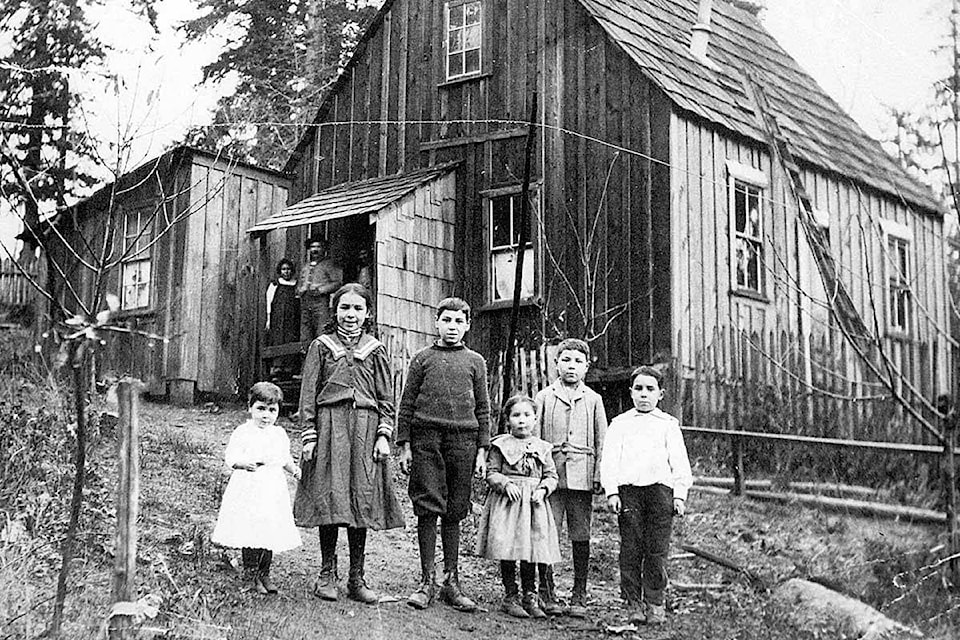By Erika Anderson
As time passes things that were once commonplace may become unusual.
Childhood today is generally a leisurely time filled with play dates, television and extracurricular activities. Children’s chores are often something that is researched on Pintrest for age-appropriateness, and may be rewarded with allowances, screen time or other motivational tools.
For early pioneering families in our region who were much more dependent on the land to support them, the children were needed to help out in providing for the family through an often lengthy list of chores. The reward for tending the garden was that there was dinner on the table, the reward for churning the butter was the added flavor on your bread. Age appropriateness of a chore would be dependent on the physical abilities of the child to perform the work.
In her memoir, Eve Eade (nee Williamson) recalls growing up on Quadra Island in the early part of the last century and the long list of chores starting every morning at 6 a.m: “Usually three cows to be milked, fed and the stable cleaned, chickens to feed and eggs gathered, wood from the woodshed to be wheeled up and the wood bin filled, changed clothes, washed, breakfast and to school.”
She continues, “After school was done there were more chores to be done, the cows to be brought in from pasture and the milking, cleaning, and feeding the animals all over again…In summer there was hay to be got in. A neighbor would cut the main fields but we raked it by hand into wind rows and then haycocks, then it was taken into the barn by wagon.”
The list of the childrens’ chores continues: “We had a huge garden to weed, hoe and water.”
Eve’s least favourite chore fell upon her because of her small stature, “Being the smallest and lightest of the family, Dad chose me to clean out the well.”
She then describes being lowered in a galvanized bucket down into the well to clean out the muck that had built up over the year. The muck was full of snakes, so it is not surprising that she dreaded this chore.
Pansy Eddington (nee Schnarr) describes her childhood in a past edition of Musings, the Museum at Campbell River’s newsletter. During the summers she would spend much time with her sisters in Bute Inlet and their father would go fishing in River Inlet. “We slept outside for six weeks, picking and canning fruit.”
The three Schnarr girls contributed a great deal to providing for the family: “When we were a bit older he made us go up his trapline.”
Katie Clarke (nee Walker) was the first teacher at the Heriot Bay School and recalled one of her students, Tommy Hall, who had a two hour trek each way to get to school that involved rowing across the head of Gowlland Harbour then a lengthy walk. Instead of travelling back and forth each day, he boarded at the Heriot Bay Hotel and paid for his keep by performing chores such as milking the cow, building fences, delivering groceries and helping in the store. He is quoted in Jeanette Taylor’s book, The Quadra Story, describing the farm chores when he got home from Heriot Bay: “I swear that I packed brush to the clearing fire before I was off the bottle.”
In a past edition of Musings, Diana Kretz (nee Hudson) recalls having many chores, but also a lot of personal freedom: “We played often in the forests or on beaches, building forts or sandcastles and using our imagination for amusement.”
